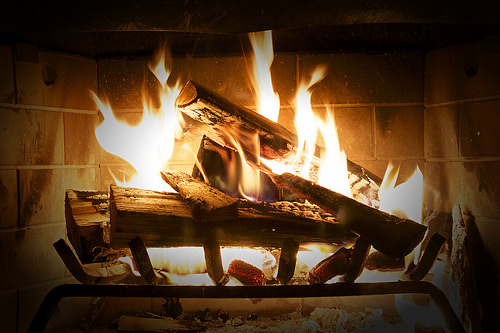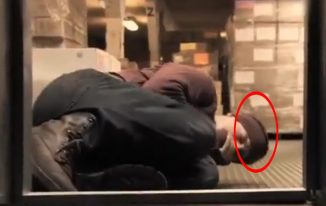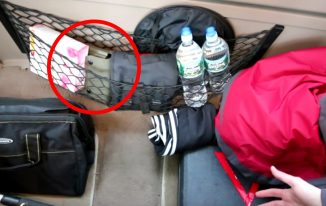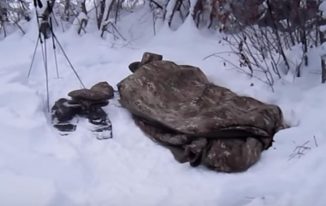
Image courtesy of: Scott Andrew Smith
With record snow levels and freezing temperatures hitting various cities and areas around Northern America and elsewhere, it is important for you to prepare for any possibilities of power outages during extreme weather conditions.
Power disruptions during freezing weather are known to have caused a large number of fatalities among those who are ill-prepared for such conditions. Hence, prepping for winter-related SHTF situations should be seriously considered.
I came across some great tips about what people (and not just preppers like us) should do in the event of a power disruption during winter and thought of sharing this with our readers.
Our awesome friends at PrepForSHTF.com (cool site name by the way!) put together this list so all credit goes to them for all these great information.
Here’s the list of some important must-do’s in the event that you lose power and heat during winter:
- Once the power goes out avoid opening [refrigerator] doors. Refrigerators if full can maintain a safe temperature in some cases up to 6 hours, while a full freezer can maintain safe temperatures up to 48 hours and one that is half full up to 24 hours.
- If you rely on electricity for your heat then you will need to essentially close off portions of the home to conserve what heat is in the home. If you have a wood burning fireplace, or have a gas burning one then of course, this would be the room to gather in, otherwise pick a room that everyone can stay in and likely sleep in as well.
- Your emergency supplies should have Mylar emergency blankets, wool blankets, sleeping bags, and consider bubble wrap as well. Bubble wrap can be used as an insulator between you and the floor. The material of course is made of air filled chambers. The air chambers will provide insulation and cushioning for sleeping.
- Water pipes may freeze so make sure they are well insulated, and if you still believe they may freeze during an outage you can shut off the main water supply and open all faucets to drain the lines. Make sure you shut off the power to the hot water tank before shutting off the main water supply. The water in the tank will stay warm for hours, so it can be used for bathing and other needs or used as an emergency drinking water source after it has been filtered and purified.
- Snow banks can be used as emergency refrigerators during a power outage. Try to find areas that receive the least amount of sunshine. Radiant heat from sunlight will warm up surfaces beyond what the air temperature is. This is why you will see snow melting on surfaces even when the air temperature is below freezing. The food items will need to be under as much snow as possible and in waterproof containers.
- Snow can be melted for drinking water but it must be warmed before drinking so you do not lower your core body temperature. If there are no obvious contaminates melted snow can generally be consumed without purification. However, if you suspect contamination then purify the water. If the snow has been contaminated with any chemicals then it cannot be used for any purposes. Do not consume water from melted icicles that hang from the roofline without purifying first.
Preparing for power disruptions during winter is essential especially if you live in areas that really gets a lot of snow and where freezing temperatures is a norm. Consider getting a portable generator as a backup plan for power and heat. For distilling water, you also might like to look at some portable water distillers.
You also might like to stock up on wood for your fireplace before winter or purchase a lot of thick coats and blankets to keep the family war.
Check out the full article on how to protect your family and be prepared in case of power disruptions or outages during winter by heading over to useful article featured on PrepForSHTF.com.





